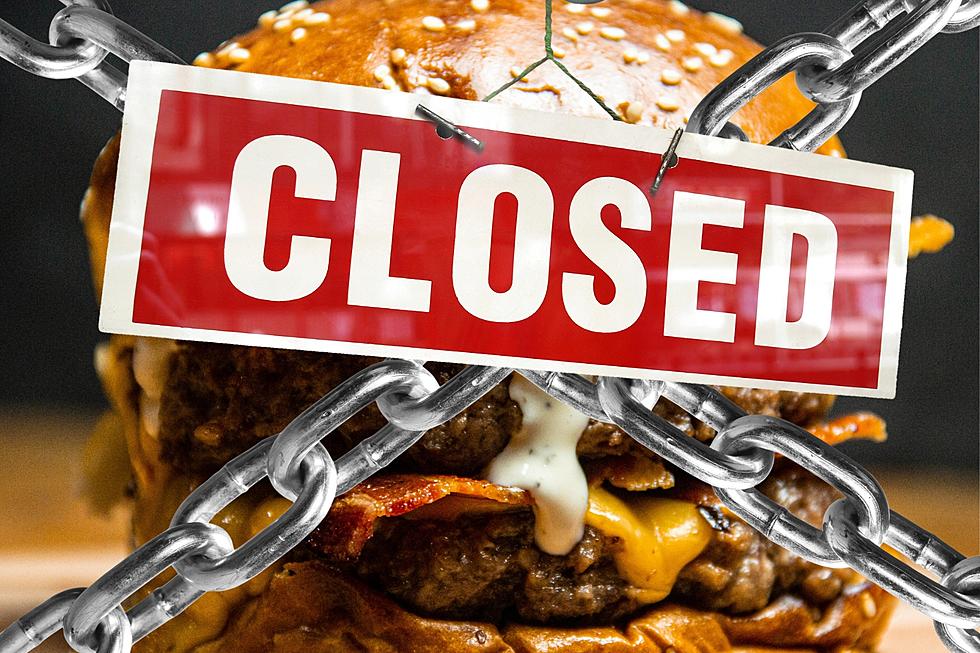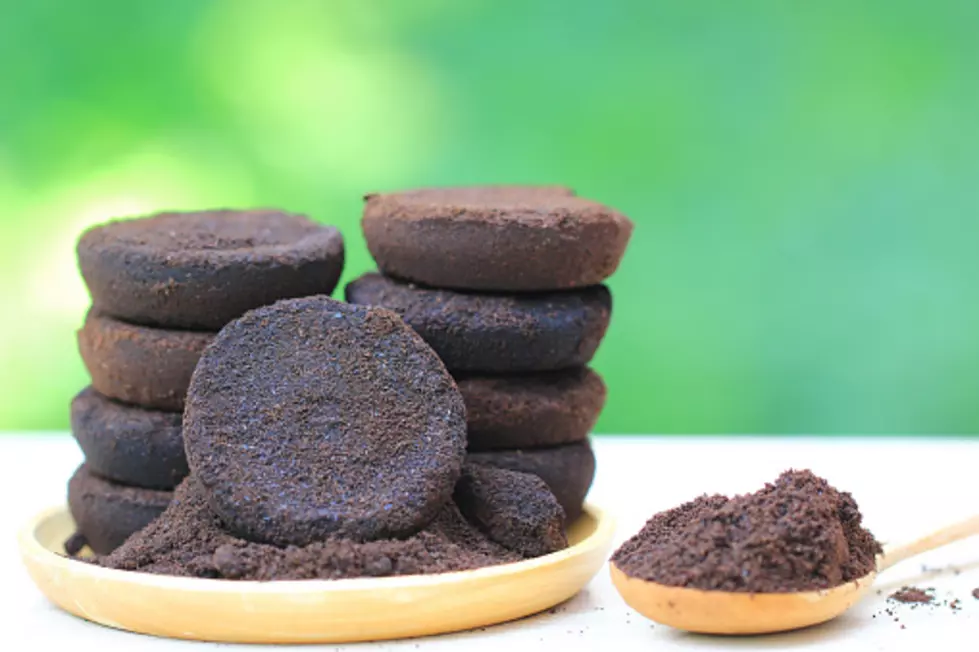
More Stinky Food (a follow-up)
This morning, on the Riley & Scot Show, Scot shared the story of hongeo, a Korean "delicacy" that, according to a piece in the New York Times, is:
...described by lovers and detractors alike as releasing odors reminiscent of an outhouse. Served most often as chewy pink slabs of sashimi, hongeo is prized by enthusiasts for the ammonia fumes it releases, sometimes so strong they cause people’s mouths to peel.
Great. I'll have some here, then you can box up the rest for me to take home and eat later...
Even those who swoon over its exotic taste cheerily admit their passion comes with some social costs. A subway ride after a meal of hongeo can be isolating, with fellow riders sometimes casting furtive glances and sidling away. Owners of restaurants that specialize in hongeo advise customers to seal their jackets in plastic bags before the meal and offer to spray them with deodorant afterward.
Once we got onto the hongeo topic, I began wondering what else out there in the big world of culinary discovery could be described in a similar manner? Well, seek and ye shall find (and potentially vomit).
My search ended at Open Journey, where they took a look at what are described as The 18 Stinkiest Foods From Around the World. If dieting is not your thing, I encourage you to have a look at some of these. Just the thought of a plateful of any one of these items has me thinking about skipping meals until early December.
Let's have a look at a few "delicacies."
Surströmming
Indigenous to northern Sweden, surströmming is herring that is fermented in barrels for a couple of months, then put into tin cans for up to another year. The fermentation is so strong that the can actually bulges from pressure, and it has been banned by some airlines who say that it is an explosive safety hazard. Many people eat it outdoors because of the strong odors released when the can is opened, often compared to rotten eggs, vinegar, and rancid butter. This stinky food even has its own museum.
Here's a dude giving it a try:
Okay. Scratch surstromming from my to-do list. Seriously though, if you thought that was bad, then you really don't want to try:
Kiviak
This Greenland delicacy is made by wrapping whole small sea birds (auk), feathers and all, in sealskin and burying it for several months to ferment. When it is dug up, the insides are decayed to the point of near-liquification and are reportedly sucked out after creating an opening by breaking off the head or some other means. Enough said.
Yeah. More than enough. Next, it's tofu. Not the kind of tofu you may be used to seeing or eating, though. It's not simply tofu, it's:
Stinky Tofu
A popular dish at night markets in China, Taiwan and Southeast Asia, stinky tofu's name speaks for itself. Fresh tofu is added to a brine made from fermented milk, meat, vegetables and sometimes seafood. The brine can be so rotten that it will be infested with maggots – even people who like it often admit it's smell resembles rotten trash or feces. Based on a report on takungpao.com.hk, some stinky tofu makers have been caught adding things like human excrement, rotten meat juice and chemical dies to the brine in order to give it the right taste in a shorter period of time. While this practice is not widespread, it gives idea of how strong this stuff can smell!
Wow. Just wow. How can anybody eat this stuff? I don't know anyone who would even dare to...er...wait a second! How about Andrew Zimmerman, host of the Travel Channel's Bizarre Foods? I mean, if Andrew can't do it, who could? Take a look at his attempt:
Okay. We're done here. I'm off to enjoy a lunch of...absolutely nothing. I'm a little queasy.
More From WROK 1440 AM / 96.1 FM







